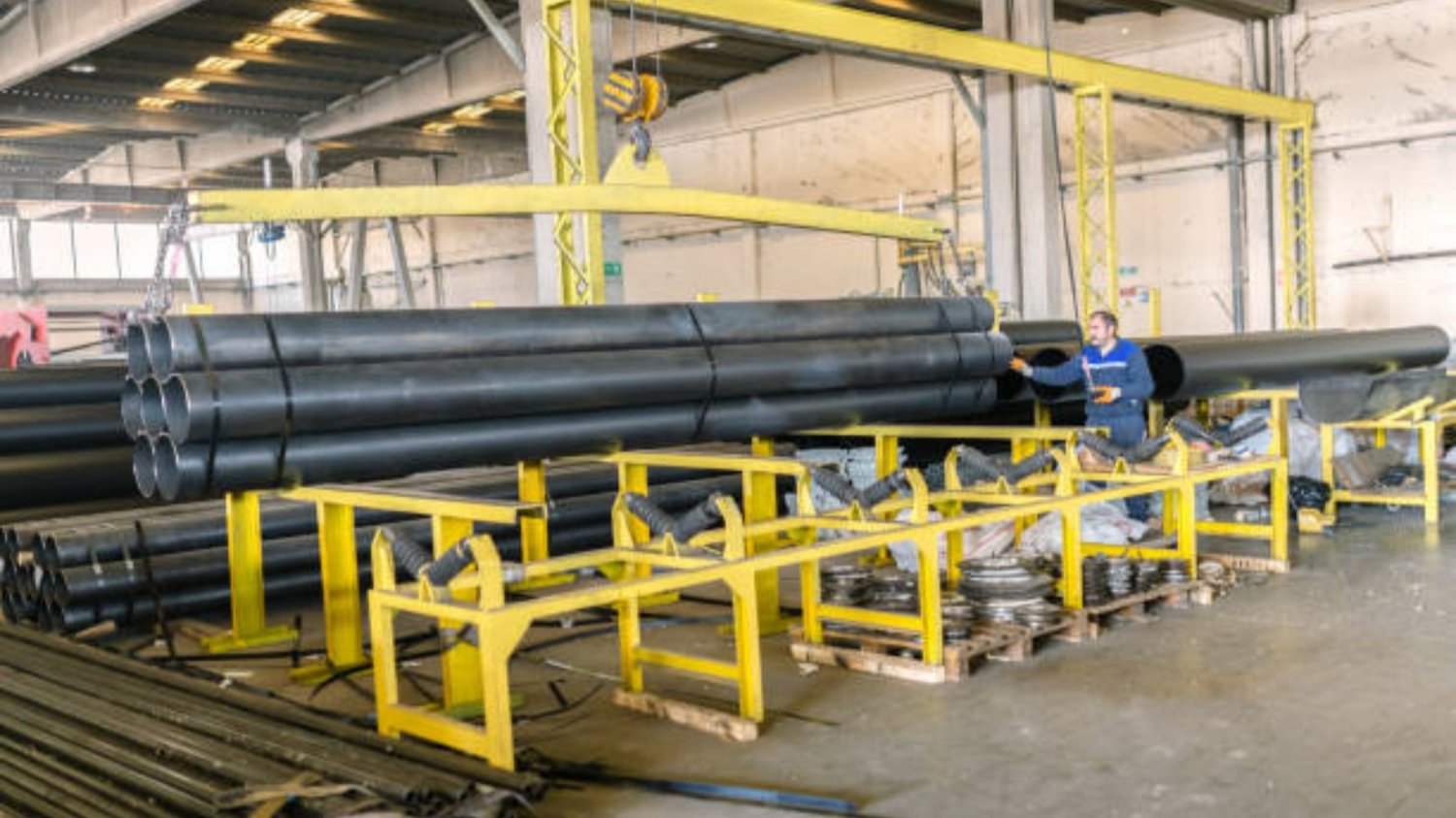What is a roll forming machine? A Comprehensive Guide
In the world of manufacturing, roll forming machines play a crucial role in the production of various metal products. From simple shapes to complex profiles, these machines are capable of transforming metal coils into finished products with high precision and efficiency. In this article, we will explore the concept of a roll forming machine, its working principles, applications, benefits, and more. So, let's dive deep into the world of roll forming machines and understand their significance in the manufacturing industry.
1. Understanding Roll Forming Machines
A roll forming machine is a piece of equipment used in the metalworking industry to shape and bend metal coils into desired profiles or shapes. It typically consists of a series of rollers, also known as roll sets or tooling, that gradually shape the metal as it passes through them. The process starts with an uncoiler, which feeds the metal coil into the machine, followed by a series of forming stations where the metal undergoes bending, shaping, and cutting. Finally, the finished product is cut to the desired length and outputted from the machine.
2. How Do Roll Forming Machines Work?
Roll forming machines work based on a continuous bending process. As the metal coil passes through the rollers, each roll set gradually shapes the metal according to the desired profile. The roll sets are strategically positioned and designed to bend the metal in specific ways, resulting in a smooth and precise final product. The speed of the machine, along with the number and design of the roll sets, determines the rate of production and the complexity of the profiles that can be created.
3. Applications of Roll Forming Machines
Roll forming machines find applications in various industries, including construction, automotive, aerospace, and manufacturing. They are commonly used to produce products such as metal roofing, wall panels, window frames, door frames, gutters, automotive components, electrical enclosures, and many other custom profiles. The versatility of roll forming machines allows manufacturers to adapt them to different production requirements and create a wide range of products.
4. Benefits of Roll Forming Machines
Roll forming machines offer several advantages over other metal forming processes. Here are some key benefits:
- High Efficiency: Roll forming machines can operate at high speeds, resulting in faster production rates compared to other metal forming methods.
- Cost-effective: The continuous bending process of roll forming eliminates the need for separate operations, reducing labor costs and increasing overall efficiency.
- Consistency: Roll forming machines ensure consistent and precise shaping of metal, leading to uniform products with tight tolerances.
- Flexibility: With the ability to create complex profiles, roll forming machines offer design flexibility and customization options for manufacturers.
- Material Savings: Roll forming minimizes material waste by efficiently utilizing the metal coil, making it a cost-effective solution.
5. Factors to Consider When Choosing a Roll Forming Machine
When selecting a roll forming machine for your manufacturing needs, it's important to consider various factors:
- Material: Different roll forming machines are designed to handle specific materials, so choose one that is compatible with the material you intend to use.
- Profile Complexity: Determine the complexity of the profiles you need to produce and ensure the machine has the necessary capabilities to meet your requirements.
- Production Volume: Consider the required production volume and choose a machine that can handle the desired output rate.
- Automation Options: Depending on your production needs, consider the level of automation required, such as auto-stacking, auto-cutting, and computerized control systems.
- After-sales Support: Ensure the manufacturer provides reliable after-sales support, including technical assistance, spare parts availability, and service options.
6. Maintenance and Safety Considerations
Proper maintenance and safety precautions are essential for the efficient and safe operation of roll forming machines. Regular inspection, lubrication, and cleaning of the machine's components are necessary to prevent wear and maintain optimal performance. Operators should receive training on machine operation, safety protocols, and emergency procedures to minimize the risk of accidents. It is crucial to follow the manufacturer's guidelines and comply with relevant safety regulations to ensure a safe working environment.
7. Roll Forming Machine vs. Press Brake
While both roll forming machines and press brakes are used for metal forming, they differ in terms of their applications and capabilities. Roll forming machines are ideal for producing long, continuous profiles with consistent shapes, such as roofing panels or wall studs. On the other hand, press brakes are better suited for forming shorter, complex profiles with varying shapes, such as brackets or automotive components. Understanding the specific requirements of your project will help you determine whether a roll forming machine or a press brake is the right choice.
8. Emerging Technologies in Roll Forming
The roll forming industry is constantly evolving, with new technologies and innovations enhancing the capabilities and efficiency of roll forming machines. Some of the emerging technologies in roll forming include:
- 3D Roll Forming: This technology allows the production of three-dimensional profiles with complex shapes, expanding the possibilities for architectural and decorative applications.
- Hybrid Roll Forming: Combining roll forming with other metal forming processes, such as stamping or extrusion, offers enhanced flexibility and the ability to create unique profiles.
- Smart Controls: Integration of advanced control systems and sensors enables real-time monitoring, process optimization, and predictive maintenance, improving overall productivity.
- Material Advancements: The development of new materials, coatings, and alloys enhances the performance and durability of roll-formed products, opening doors to new applications.
9. Conclusion
Roll forming machines are an integral part of the metalworking industry, enabling the efficient and precise production of a wide range of profiles and shapes. With their high efficiency, cost-effectiveness, and design flexibility, these machines have become indispensable for manufacturers across various sectors. By understanding the working principles, applications, benefits, and emerging technologies of roll forming machines, manufacturers can make informed decisions to optimize their production processes and stay ahead in the competitive market.

